What Is Bee Balm?
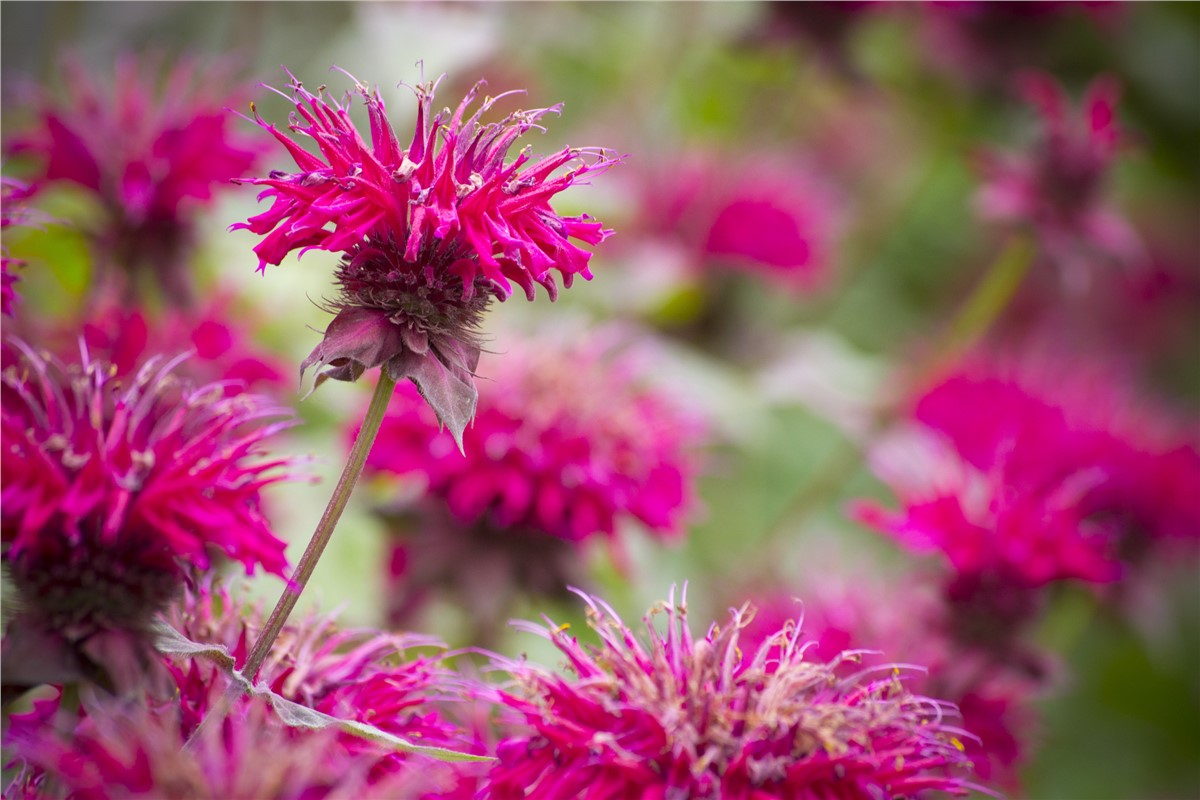
Bee balm is a native North American plant belonging to the mint family (Lamiaceae). It is characterized by its tall, square stems adorned with whorls of tubular flowers in shades of red, pink, purple, or white. The aromatic leaves, similar in appearance to mint, emit a pleasant citrusy scent when crushed. Beyond its ornamental value, bee balm has a rich history of medicinal and culinary uses.
How To Identify Bee Balm
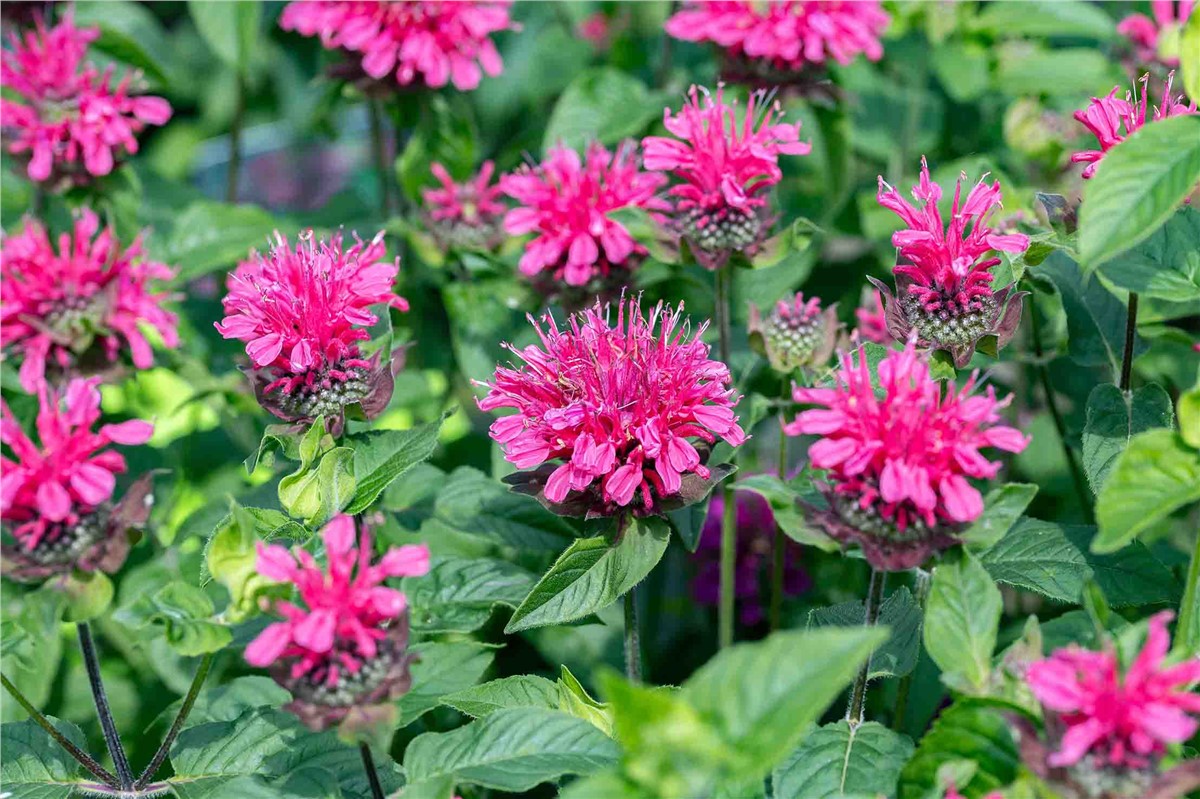
Bee balm, a vibrant and aromatic plant, is a beloved addition to many gardens. To ensure you've correctly identified this botanical treasure, look for the key characteristics listed below.
- Growth Habit: Bee balm typically grows in upright clumps, reaching heights of 2 to 4 feet.
- Stems: The stems are square-shaped, a common trait of plants in the mint family.
- Leaves: The leaves are oppositely arranged on the stem, with a distinct aromatic scent when crushed. They often have a slightly toothed or serrated edge.
Flowers:
- Shape: Bee balm flowers are tubular in shape and clustered together in dense, rounded heads at the top of the plant.
- Color: While the classic image is of a red bee balm, the flowers come in a variety of colors, including pink, purple, and white.
- Attractiveness to Pollinators: Bee balm is a magnet for bees, butterflies, and hummingbirds, a sure sign of its identity.
Scent:
- Aromatic Leaves: One of the most distinctive features of bee balm is its pleasant, citrusy scent. Crushing the leaves releases this fragrant aroma.
If you're unsure about a particular plant, comparing it to images of bee balm online or consulting with a local botanist can help confirm its identity. Remember, while many plants share similarities, bee balm's combination of square stems, aromatic leaves, and vibrant flower clusters is a strong indicator of its identity.
The Life Cycle Of Bee Balm
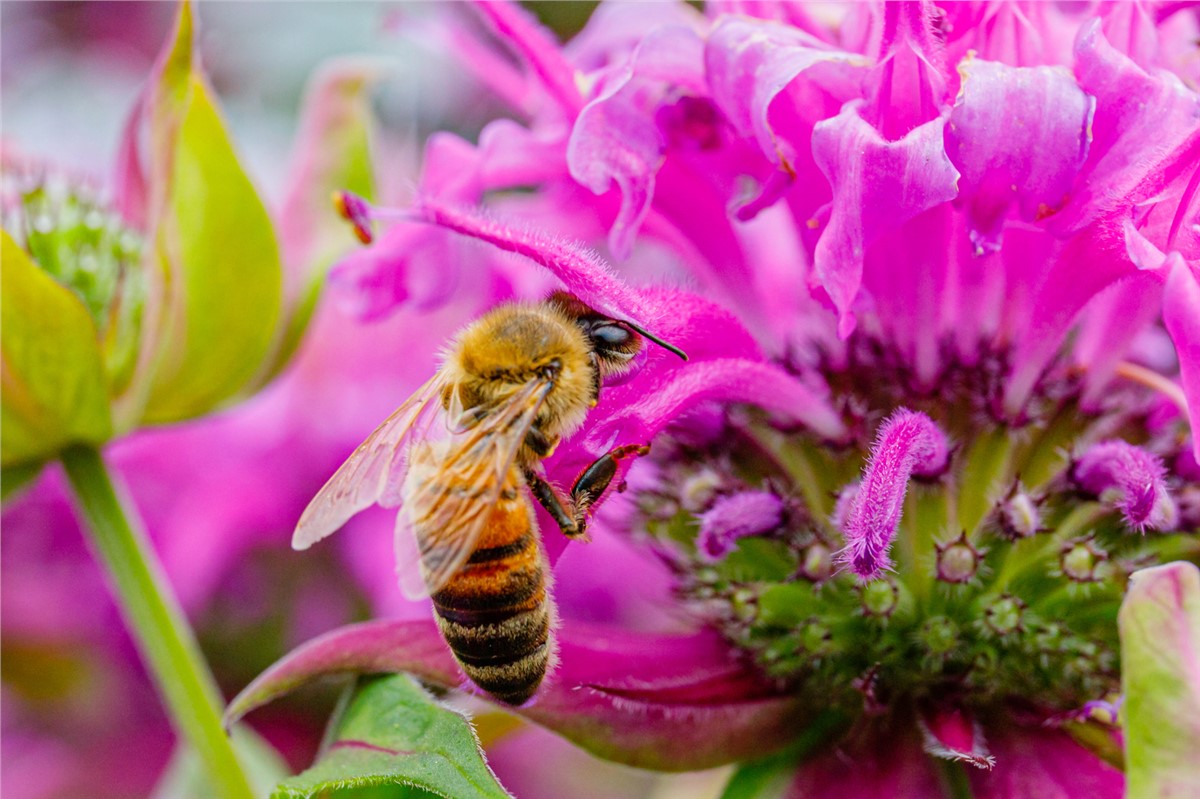
Bee balm follows a typical perennial life cycle:
- Germination: Bee balm seeds require moist soil and adequate sunlight to germinate. While possible, germination from seed can be unpredictable.
- Growth: Once established, bee balm exhibits robust growth, reaching heights of 2 to 4 feet. It spreads through underground rhizomes, forming attractive clumps.
- Flowering: The showstopping stage occurs in summer when bee balm produces vibrant, fragrant flower clusters. These blooms attract a myriad of pollinators, including bees, butterflies, and hummingbirds.
- Dormancy: With the onset of autumn, bee balm enters a dormant period. The above-ground foliage withers, but the root system remains alive, preparing for the next growing season.
Planting Bee Balm
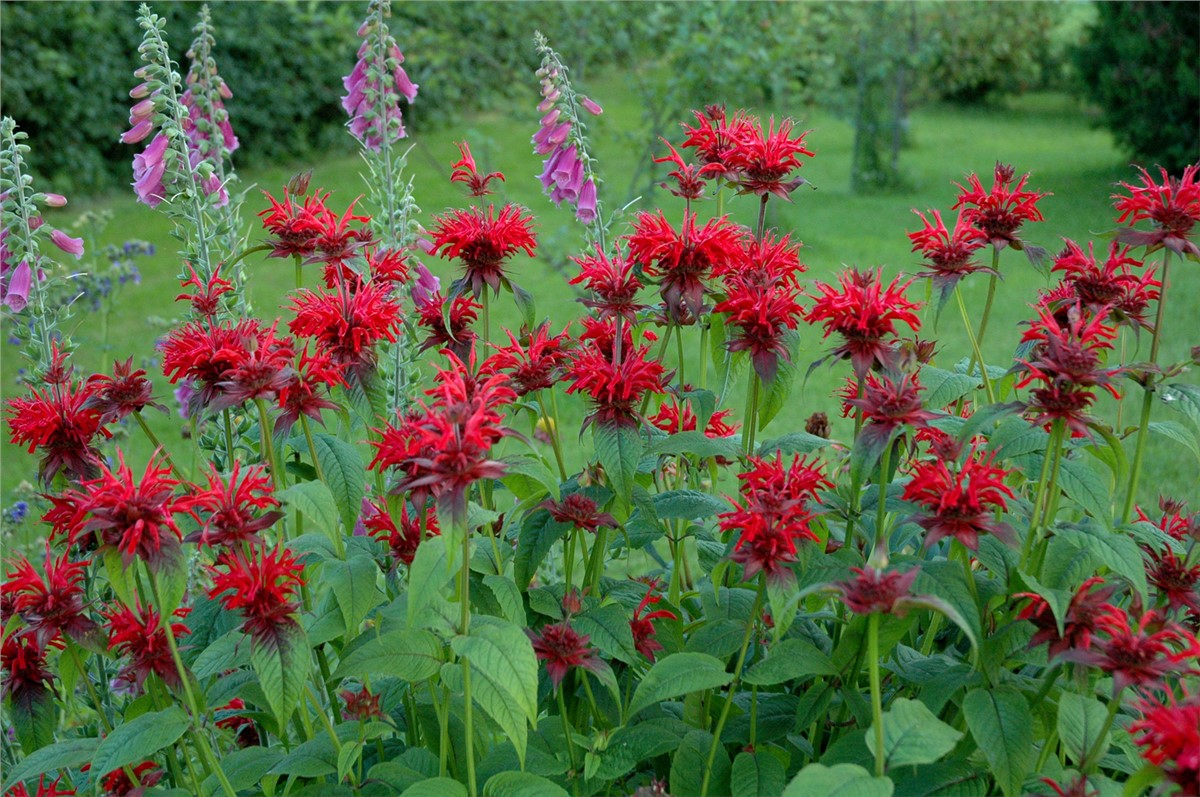
Bee balm thrives in full sun to partial shade and well-drained soil. While it tolerates a range of soil conditions, it performs best in moderately fertile soil. Follow these steps for successful planting:
- Choose a suitable location: Select a spot that receives at least six hours of sunlight daily.
- Prepare the soil: Loosen the soil to improve drainage and incorporate compost or aged manure for added nutrients.
- Space plants appropriately: Plant bee balm seedlings or divisions 18 to 24 inches apart to allow for adequate growth.
- Water thoroughly: Water deeply after planting to establish the roots.
Caring For Bee Balm

Bee balm is relatively low-maintenance but benefits from consistent care:
- Watering: While bee balm is drought-tolerant once established, regular watering, especially during dry periods, promotes optimal growth and flowering.
- Fertilizing: Apply a balanced fertilizer in early spring to encourage healthy growth. Avoid excessive nitrogen, which can lead to leggy plants.
- Deadheading: Remove spent flowers to prolong blooming and prevent self-seeding.
- Dividing: To maintain plant vigor, divide bee balm clumps every 3-4 years in early spring or autumn.
Spring:
- Pruning: As new growth emerges, lightly prune your bee balm to shape the plant and remove any dead or damaged foliage.
- Fertilizing: A light application of a balanced fertilizer can encourage robust growth, but it's generally not necessary.
- Division: If your bee balm clumps have become overcrowded, divide them in early spring to rejuvenate the plants.
Summer:
- Watering: While bee balm is drought-tolerant, consistent watering, especially during dry spells, promotes optimal flowering.
- Deadheading: Regularly remove spent blooms to encourage continuous flowering and prevent self-seeding.
- Pest and Disease Monitoring: Keep an eye out for pests like aphids or powdery mildew. Treat infestations promptly with organic methods if possible.
Autumn:
- Cutting Back: Once the first frost has killed the foliage, cut back the plant to about 3 inches above the ground. This helps prevent disease and encourages new growth in the spring.
- Mulching: In colder climates, consider applying a layer of mulch around the base of the plant to protect the roots from harsh winter conditions.
Winter:
- Dormancy: Bee balm enters a dormant period during the winter. Resist the urge to disturb the plant during this time.
- Patience: As spring approaches, the plant will begin to emerge from the ground, signaling the start of a new growth cycle.
Bee balm is a versatile and rewarding addition to any garden. Its stunning blooms attract pollinators, its aromatic leaves repel pests, and its medicinal properties offer additional benefits. Whether planted in borders, meadows, or containers, bee balm adds a touch of natural beauty and ecological value to your outdoor space. Enjoy the splendor of this remarkable plant and reap the rewards of its presence in your garden in Washington.
Subscribe to Simple Lawns's Blog



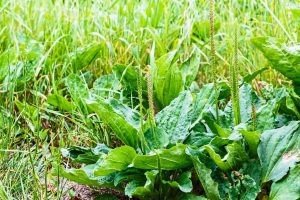
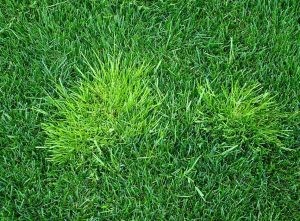
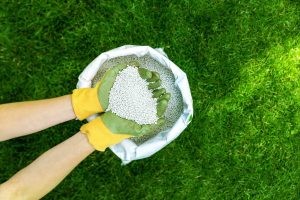
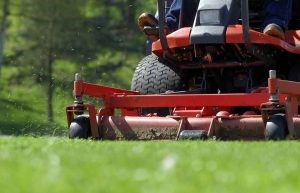


Comments